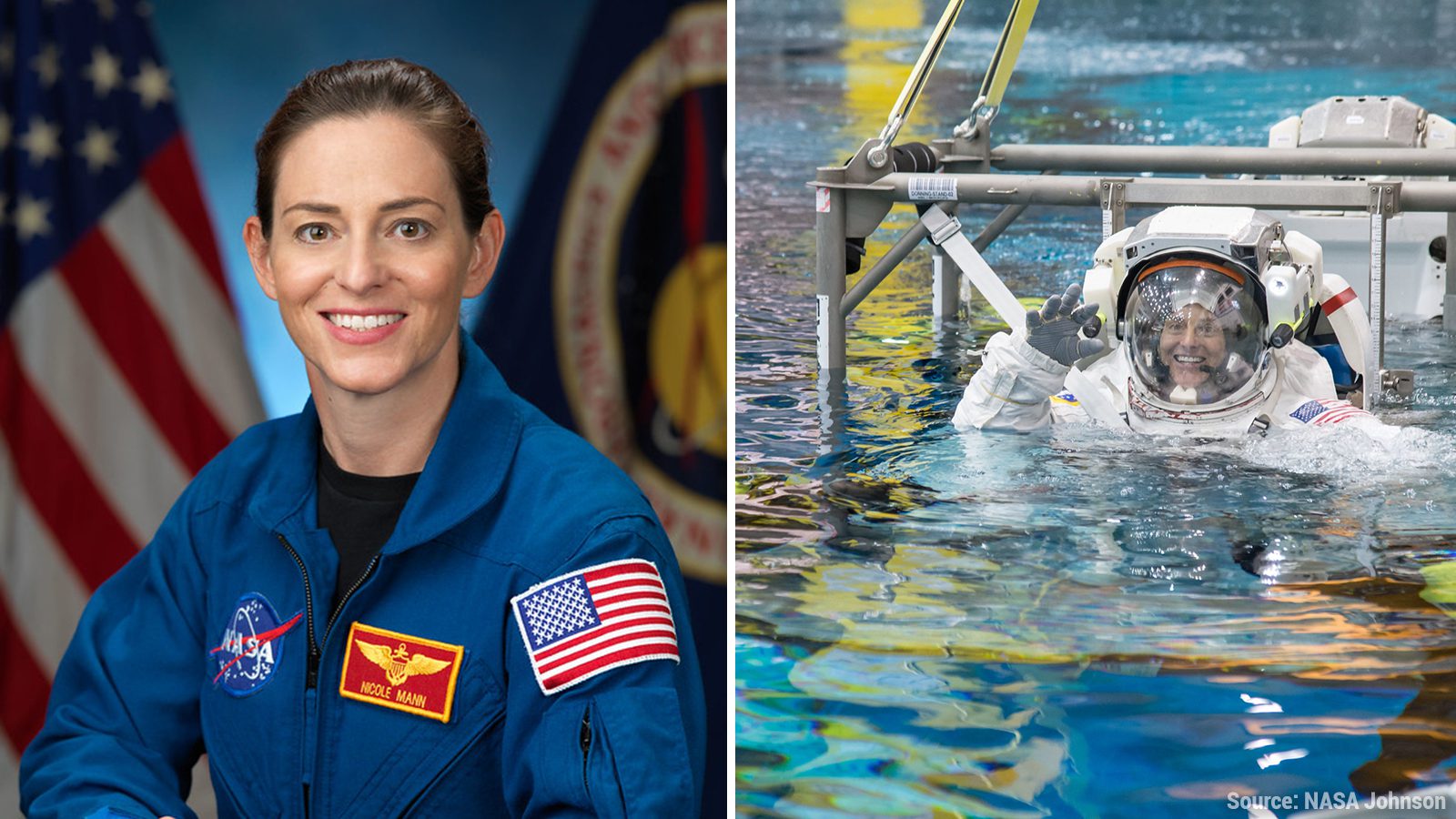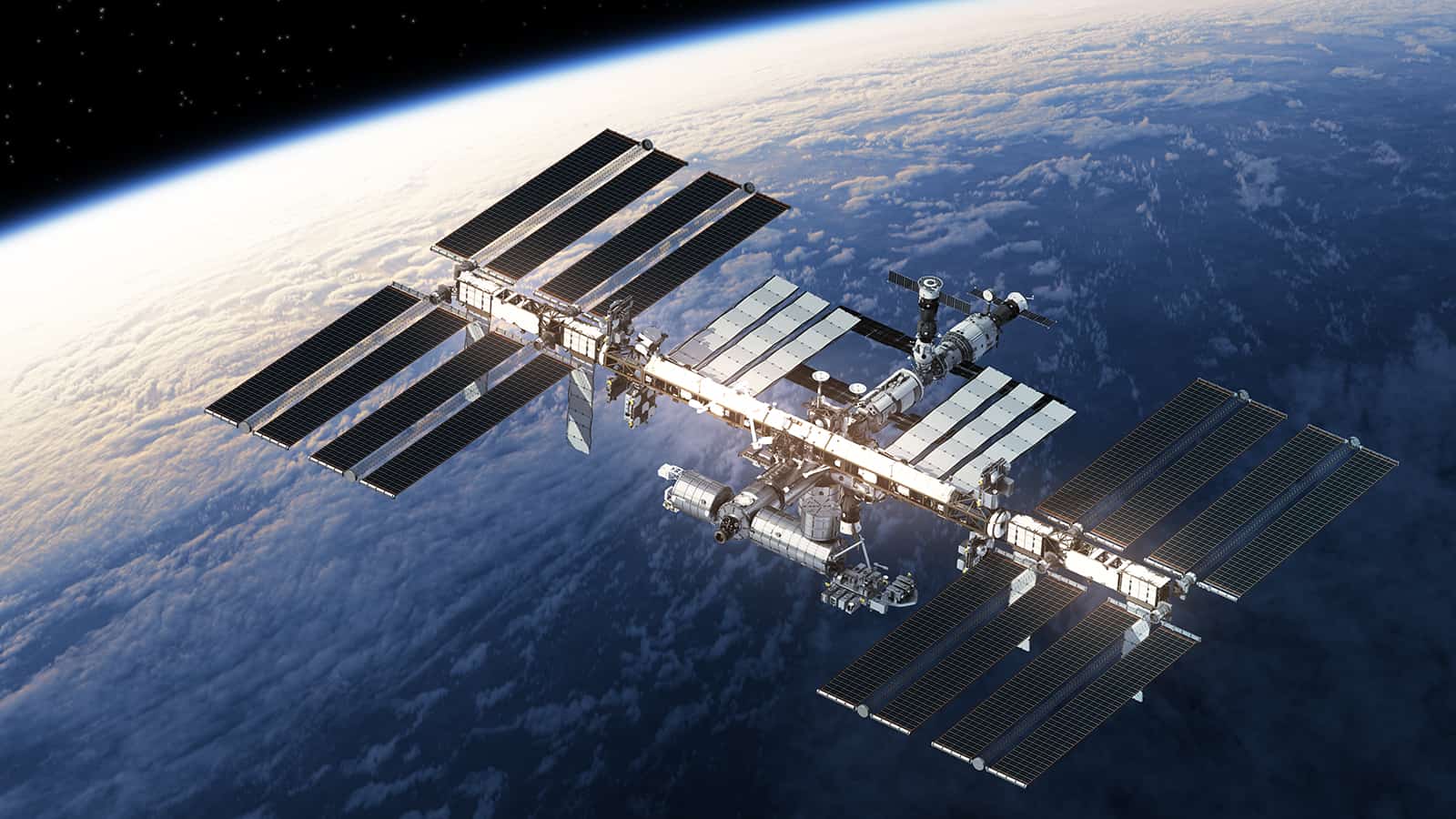Nicole Aunapu Mann will make history as the first Native American woman in space in fall 2022. If all goes according to plan, she will lead NASA’s SpaceX Crew-5 mission to the International Space Station (ISS) on October 3rd. It will mark Mann’s first spaceflight since she became an astronaut in 2013.
In an interview with Indian Country Today (ICT), she said she feels proud to represent Native American women at NASA. As a member of the Wailacki of the Round Valley Indian Tribes, Mann believes Native children should realize what they can achieve. She believes most barriers keeping women and minorities from distinguished careers, such as becoming an astronaut, no longer exist. So, she hopes her story will show them what’s possible.
The mission set to launch this fall marks NASA’s fifth crewed operational Commercial Crew flight. As mission commander of the SpaceX Dragon Endurance spacecraft, Mann will direct all phases of flight from launch to landing safely back on Earth. NASA reported that she would also be an Expedition 68 flight engineer on the station.
Three other astronauts will accompany her on the Crew-5 mission. They include NASA astronaut Josh Cassada, JAXA astronaut Koichi Wakata, and Roscosmos cosmonaut Anna Kikina. The crew will remain in space for about 250 science experiments for six months. The 45-year-old Native American woman said she feels excited about potentially making discoveries to benefit human evolution.
The Inspiring Woman Can’t Wait to Explore Space

In an interview with National Public Radio (NPR), she said something called the biofabrication lab interested her the most.
“Essentially, it’s 3D printing human tissue. We could grow cells here on Earth, but because of the effects of gravity in space, we can grow them three-dimensionally. We have already produced a partial meniscus of a knee, and we’re looking at growing heart cells. And eventually, the concept is that we could grow organs. They’re really hoping to have trials in animals by the end of the decade,” she told NPR.
While on the mission, the team will also upgrade some of the solar arrays on the station. In addition, Mann said she hopes to do a couple of spacewalks since she underwent extensive training learning to walk in outer space. The Native American woman remembered the spacewalk training as being challenging yet rewarding.
She explained that engineers place you in an astronaut suit just like they would in space. Next, they “blow you up like a balloon” by pressurizing the spacesuit, filling it to about 4.3 pounds per square inch, or psi. For reference, the Earth’s air pressure psi measures 14.7, according to NASA. Astronauts require a highly pressurized suit to compensate for limited mobility in space.
After ensuring your suit fits correctly, the engineers place you in a massive pool to simulate microgravity. Engineers designed the pool to mimic the conditions and components of the space station. Astronauts navigate the giant pool and work on equipment like they would in space. Mann says it’s a cross between scuba diving and climbing on a jungle gym at a playground.
She described the training as physically and mentally exhausting, taking six hours to complete. However, it’s a realistic simulation of walking in space since you’re underwater working on the space station replica.
“It is incredible. It is some of the coolest training I think that we do. And hopefully I’ll have an opportunity to do that in space for real,” the Native American woman told ICT.
The Native American Woman’s Journey to Becoming an Astronaut
Mann didn’t always know she wanted to become an astronaut. In fact, she didn’t dream of exploring space until later in her career. She earned a bachelor of science degree in mechanical engineering from the U.S. Naval Academy in 1999. That year, she was appointed second lieutenant in the U.S. Marine Corps.
While flying a F/A-18 fighter jet, the Native American woman began to think more about her future aspirations. After earning a master’s degree in mechanical engineering at Stanford University, she enrolled in the U.S. Naval Test Pilot School. Part of her training program included a visit to NASA, which inspired her new career as an astronaut.
“I got a chance to meet astronauts and really get a better sense of what do astronauts do on a daily basis other than go to space,” Mann said in an interview with Inverse. “It’s a huge team working together for this goal which is so much bigger than yourself, and that’s what really drew me towards NASA.”
After she applied to the 21st astronaut class in 2013, NASA selected Mann, along with seven other applicants, to join the agency. At the time, Mann was 35 and served as a major in the Marine Corps. She’s since climbed the ranks and serves as a colonel.
The Native American woman has achieved so much in a relatively short period. She feels thrilled to be a part of the SpaceX Crew-5 mission, but her journey doesn’t end there. In December 2020, NASA also selected Mann as one of eighteen astronauts to return to the Moon as part of the Artemis program.
However, the mission will only send two astronauts to land on the Moon. If Mann is one of the lucky two chosen, she would be the first woman on the Moon.
“It’s just this really overwhelming sense of emotion in the best of ways that I can describe,” she told Inverse. “Yes, you want to be the first person to walk on the Moon, you want to fulfill that role, but really it’s not about you. It’s about the bigger mission, so you’re just excited to support in whatever role you can.”
The Artemis III crewed mission plans to land on the Moon’s South Pole, a previously unexplored area, in 2025. Astronauts have already begun rigorous training to prepare for their flight to the Moon. Mann feels ecstatic about possibly being the first Native American woman on the lunar surface. Perhaps her galactic travels will even take her beyond the Moon in the future.
Final Thoughts on the First Native American Woman to Work for NASA
Nicole Aunapu Mann will become the first Native American woman to explore space this fall. As mission commander of the SpaceX Dragon spacecraft, she will guide her fellow astronauts to the International Space Station. In addition, NASA selected her for the Artemis Team to return to the Moon in 2025. We’re excited to witness this inspiring woman make history! Hopefully, her story encouraged you to always aim for the stars and believe in yourself.





















